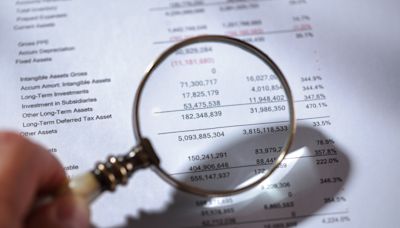Search results
Darwin's theory of evolution by natural selection underlies all modern biology. It enables us to decipher our genes and fight viruses, as well as to understand Earth's fossil record and rich biodiversity. Simple and at times controversial, misunderstood and misused for social goals, the theory remains unchallenged as the central concept of biology.
Charles Darwin was a British naturalist who proposed the theory of biological evolution by natural selection. Darwin defined evolution as "descent with modification," the idea that species change over time, give rise to new species, and share a common ancestor.
Evolution 101. An introduction to evolution: what is evolution and how does it work? The history of life: looking at the patterns – Change over time and shared ancestors; Mechanisms: the processes of evolution – Selection, mutation, migration, and more; Microevolution – Evolution within a population; Speciation – How new species arise
The science of evolution. The process of evolution. Evolution as a genetic function. The concept of natural selection. The central argument of Darwin’s theory of evolution starts with the existence of hereditary variation. Experience with animal and plant breeding had demonstrated to Darwin that variations can be developed that are “useful to man.”
The theory of evolution. As knowledge of plant and animal forms accumulated during the 16th, 17th, and 18th centuries, a few biologists began to speculate about the ancestry of those organisms, though the prevailing view was that promulgated by Linnaeus—namely, the immutability of the species.
Apr 16, 2024 · Evolution 101. An introduction to evolution: what is evolution and how does it work? The history of life: looking at the patterns – Change over time and shared ancestors; Mechanisms: the processes of evolution – Selection, mutation, migration, and more; Microevolution – Evolution within a population; Speciation – How new species arise
The evidence for evolution. In this article, we'll examine the evidence for evolution on both macro and micro scales. First, we'll look at several types of evidence (including physical and molecular features, geographical information, and fossils) that provide evidence for, and can allow us to reconstruct, macroevolutionary events.


